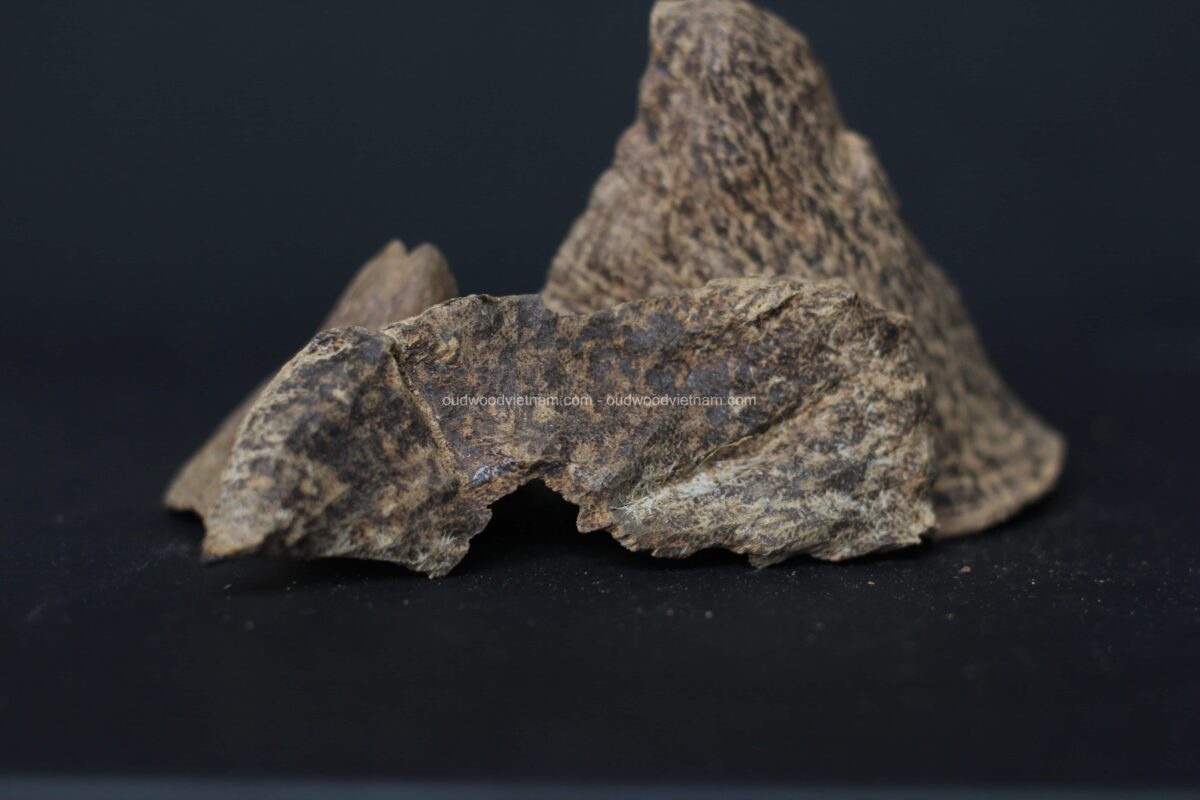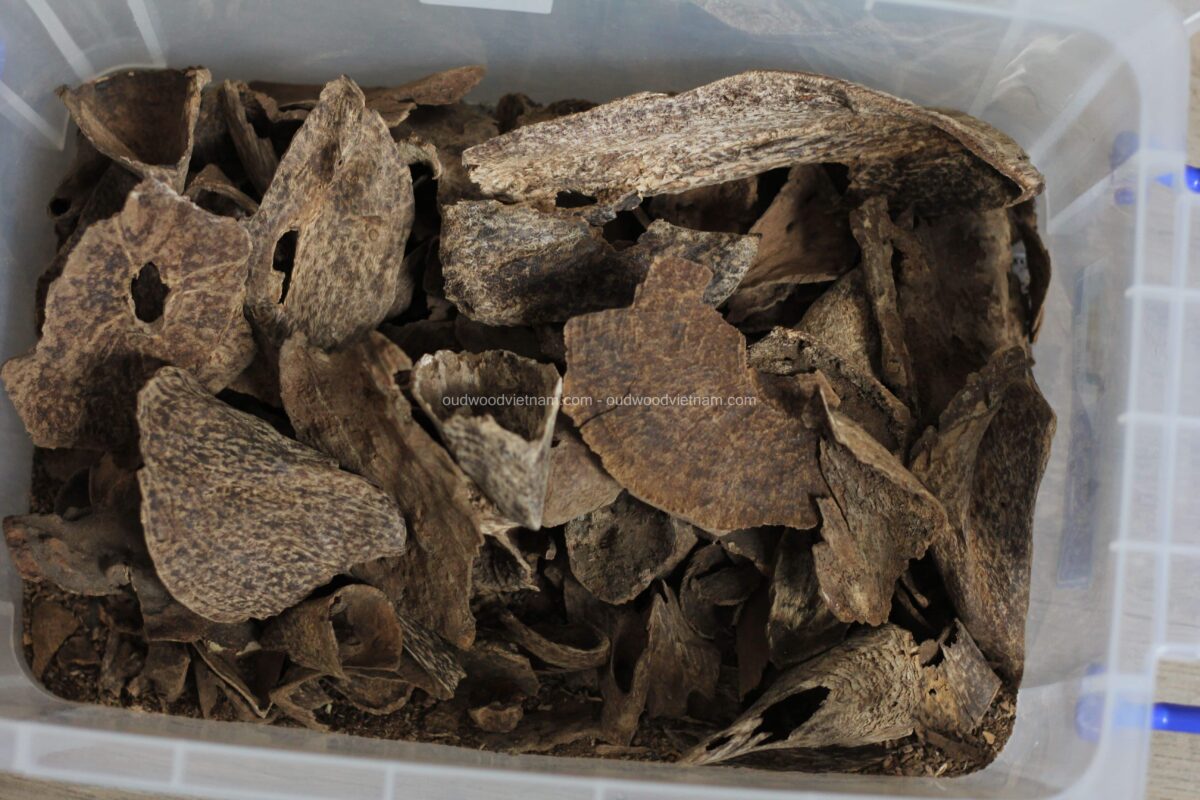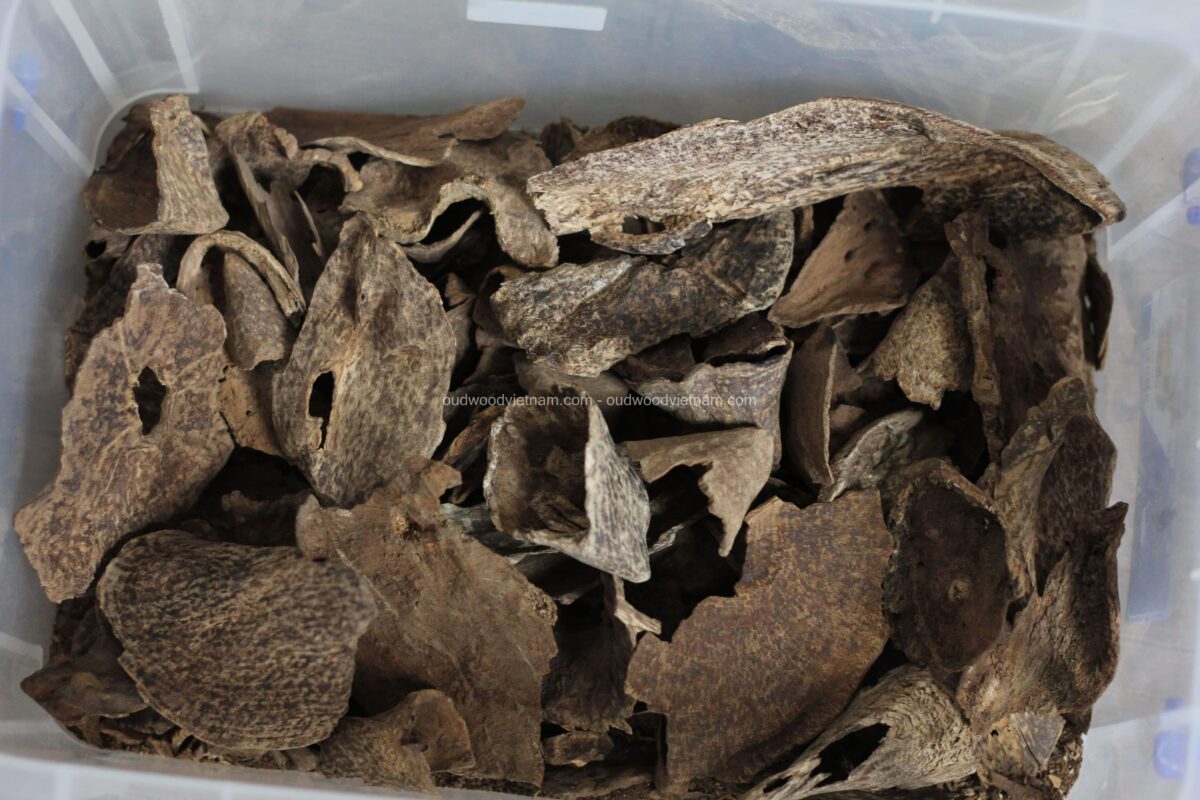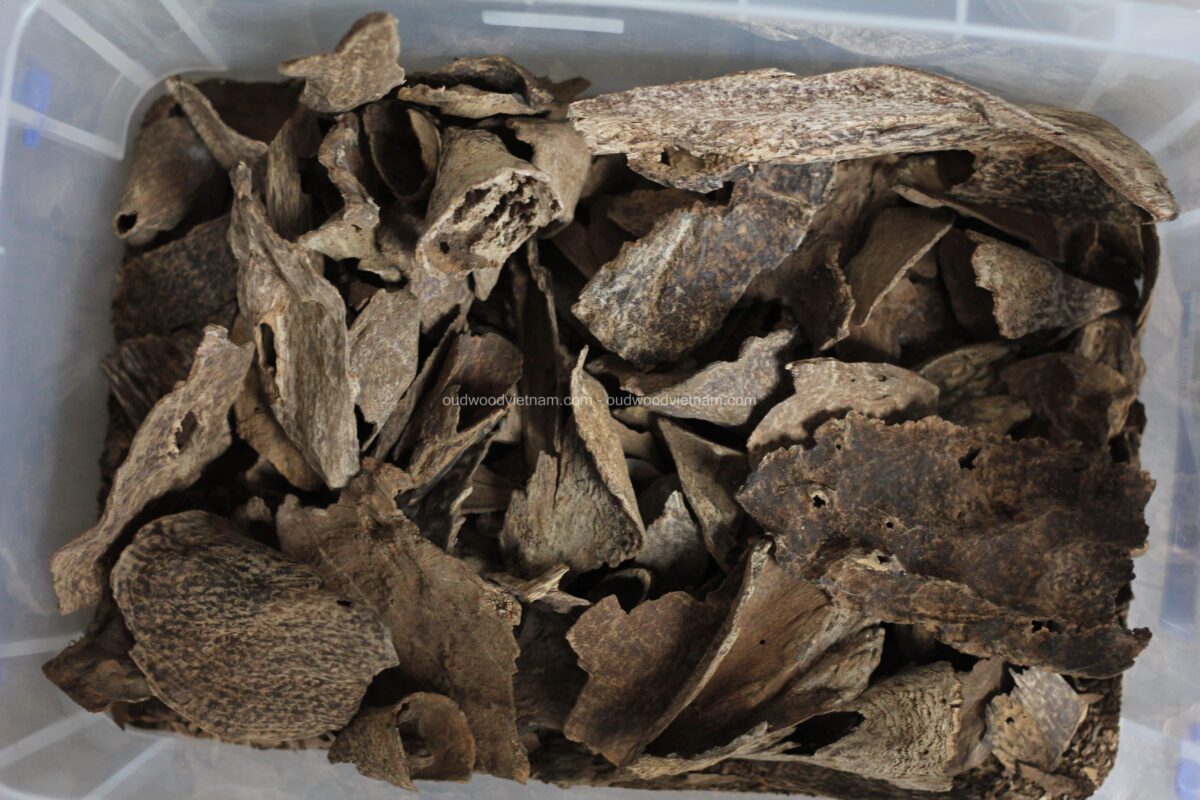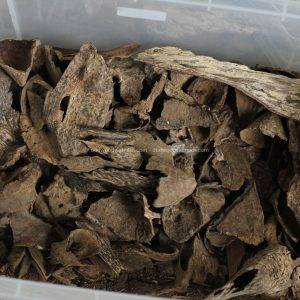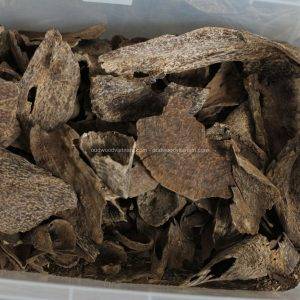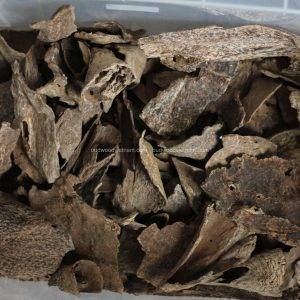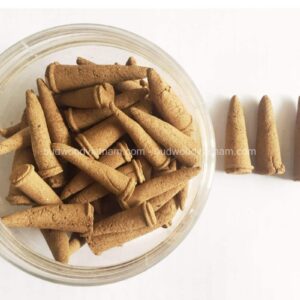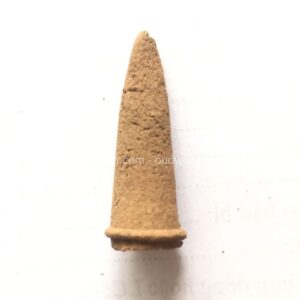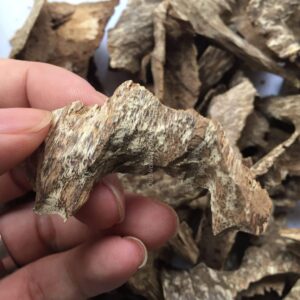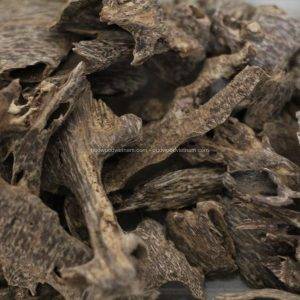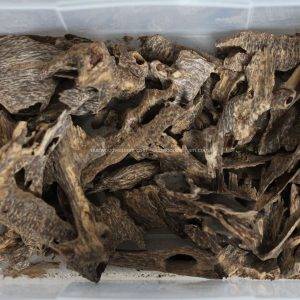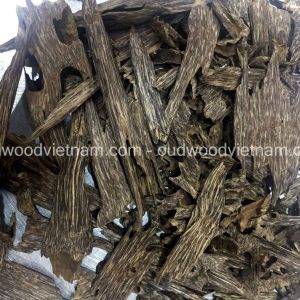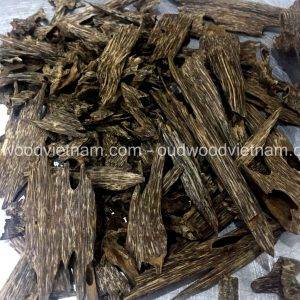-
×
 Vietnam Agarwood Bead Bracelet 20
1 × $120.00
Vietnam Agarwood Bead Bracelet 20
1 × $120.00 -
×
 Vietnam Cultivated Oud Wood Agarwood Chips | Grade B | 100 grams
1 × $150.00
Vietnam Cultivated Oud Wood Agarwood Chips | Grade B | 100 grams
1 × $150.00 -
×
 Natural Oud Wood Agarwood Chips | Mo | Grade A | 50 grams
1 × $165.00
Natural Oud Wood Agarwood Chips | Mo | Grade A | 50 grams
1 × $165.00 -
×
 Wild Oud Wood Agarwood Chips | Kien Ruc Nha Trang | Grade A+ | 50 grams
2 × $250.00
Wild Oud Wood Agarwood Chips | Kien Ruc Nha Trang | Grade A+ | 50 grams
2 × $250.00 -
×
 Nha Trang Wild Sink Oud Wood Agarwood Chips | Grade A++ | 10 grams
1 × $250.00
Nha Trang Wild Sink Oud Wood Agarwood Chips | Grade A++ | 10 grams
1 × $250.00
Subtotal: $1,185.00

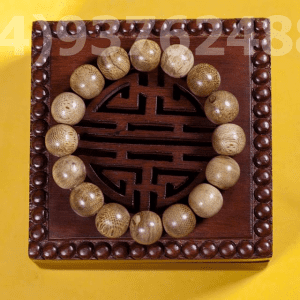 Vietnam Agarwood Bead Bracelet 20
Vietnam Agarwood Bead Bracelet 20 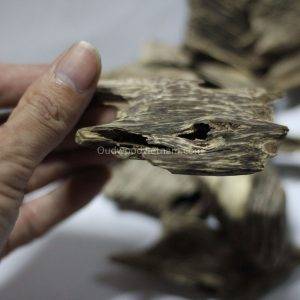 Vietnam Cultivated Oud Wood Agarwood Chips | Grade B | 100 grams
Vietnam Cultivated Oud Wood Agarwood Chips | Grade B | 100 grams 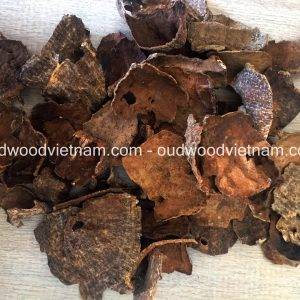 Natural Oud Wood Agarwood Chips | Mo | Grade A | 50 grams
Natural Oud Wood Agarwood Chips | Mo | Grade A | 50 grams 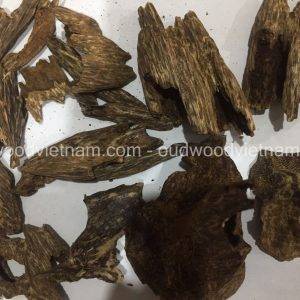 Wild Oud Wood Agarwood Chips | Kien Ruc Nha Trang | Grade A+ | 50 grams
Wild Oud Wood Agarwood Chips | Kien Ruc Nha Trang | Grade A+ | 50 grams 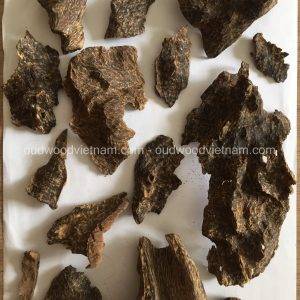 Nha Trang Wild Sink Oud Wood Agarwood Chips | Grade A++ | 10 grams
Nha Trang Wild Sink Oud Wood Agarwood Chips | Grade A++ | 10 grams 